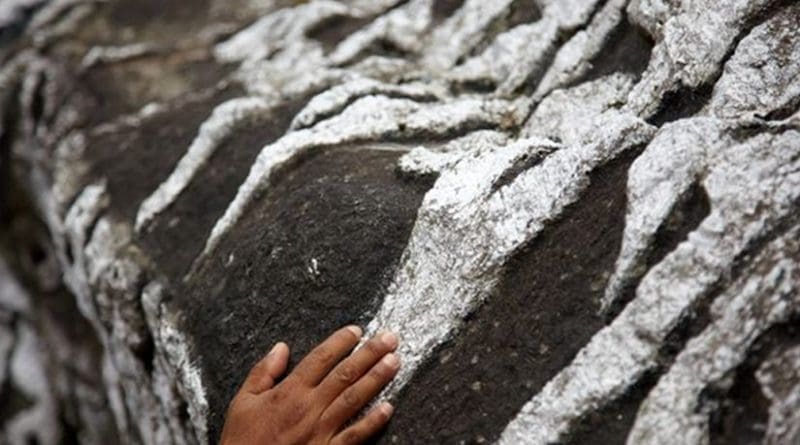Nepal Elections: The Question Of Dalit Representation – Analysis
By IPCS
By Pratima Koirala
The countdown to the Second Constituent Assembly (CA) election has already begun, however, the inclusive representation and participation of Dalits in the election is still a major challenge. What is the status of Dalit representation in the election? What have been the approaches of the major political parties to bring the Dalits into the political mainstream?
Socio-economic Factors
For Dalits, the problem is not only about participation and representation in the political mainstream but also the existing debate about the number of Dalits in Nepal. Dalits activists and NGOs have claimed that the Dalits comprise between 20 and 25 per cent of the population, but in contrast, the government census of 2012 has estimated the Dalit population at only 13 per cent.
Dalits have been economically deprived, socially denied, politically excluded and treated as ‘untouchables’ for centuries in Nepal. Dalits are still subjected to exploitative labour practices in Nepal. Historical, cultural and social factors have limited the freedom of the Dalits to participate in any kind of social and political decision-making process.
The nature of society has a decisive impact on the extent and effectiveness of Dalit political presence and participation. It is necessary to examine the societal balance of Dalit participation in the political process, decision-making and policy formation. This has an important implication for the broader governance in Nepal.
Envisioning New Nepal: Inclusion of Dalits
The period post the Jana Andolan-II of April 2006 marked the beginning of a decisive phase for the assertion of Dalits rights for inclusive participation through the Constituent Assembly elections. They have organised themselves and demanded a complete proportional system for election to the CA. They believe their socio-economic marginalisation and political exclusion will be taken into consideration after the CA elections. In the 601-member Constituent Assembly body an overall 8.39 per cent of Dalit representation was incorporated.
The interim Constitution of Nepal (2007, Article 33) stipulates the obligation for the proportional inclusion of Dalits in all state structures: “to enable Dalits to participate in all organs of the state structure on the basis of proportional inclusion.” However, in a country like Nepal where the social structure is heterogeneous and the state structure is highly centralised and exclusionary, it is very difficult to implement this obligation. Dalits continue to be marginalised and excluded from political decision-making.
The unfortunate dissolution of the Constitutional Assembly which could not even accomplish its assigned task of promulgating a constitution for federal Nepal has shattered the dream of Dalits to participate equally and share the same space in writing a Constitution in Nepal. The issue of ethno-federalism was among one of many reason behind its dissolution.
Political Poverty: Dalit Participation in Governance
The polarised political landscape and the perceptions of major political parties are major contributing factors for unequal participation of Dalits. Lack of a common position and interest in Dalits issues among different parties still prevails. The political parties have always failed to take serious measures and make policy decisions and legislation; some seats have been allocated to Dalit candidates only as a token and to symbolise their pro-Dalit egalitarian policy.
Caste-based exclusionary mechanisms hardly provide space for Dalits to set their agenda and represent their community. The political representation of Dalits in the formal political structure seems to lies in the question of power for the major political parties rather than that of representation, which is another determining factor for low Dalits participation.
Major parties in Nepal usually take up Dalits issues regarding participation and representation only within the parameters of power; these issues are therefore constrained by the basic objectives of the parties either to capture or survive the political process. This is obvious in their sudden interest in the Dalit constituency just prior to elections.
Party-led factionalism within Dalits should also be acknowledged. The Dalit movement still suffers from a lack of seriousness, particularly as Dalit leaders present themselves as a subservient to Nepal’s political leaders. It is high time for them to stop playing the victim and take up the issue of Dalit representation by themselves and make their agenda known more effectively.
As the second CA election draws closer, the fundamental questions are: will the election be held by the scheduled date? Will major political parties succeed in building consensus on various issues including ethno-federalism? It is time for Nepali politicians to use every possible mechanism to utilise this as a opportunity to bring political stability to Nepal.
Pratima Koirala
Research Intern, IReS, IPCS
Email: [email protected]

